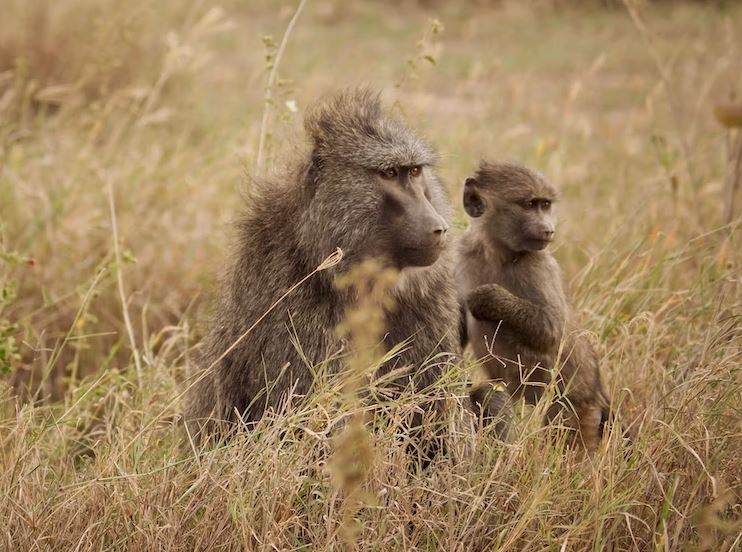
In Saudi Arabia, the National Centre for Wildlife (NCW) has taken measures to manage the increasing baboon population and its environmental impacts. One such measure is the implementation of a 500 Riyal fine for residents and citizens who feed baboons.
The Head of the NCW, Dr. Mohammsd Al Qurban, expressed gratitude to the Ministry of Environment for enforcing this penalty. The centre is using surveillance cameras to monitor compliance with the no-feeding rule, as Dr. Al Qurban mentioned in a TV interview on Al Arabiya.
To address the issue of rising baboon numbers in affected areas, the NCW initiated an initiative after conducting extensive studies. Since its establishment in January 2021, the centre has been dedicated to finding solutions to the increasing baboon populations that have been a concern for more than 50 years.
Before implementing strategies, the centre conducted thorough research to understand the root causes of the problem. They assessed the number of baboons, identified hotspots, and analyzed their impact on six regions in Saudi Arabia. The study revealed that approximately 40,000 domesticated baboons reside in urban areas.
Armed with a clear understanding of the issue, the centre has started implementing treatments in the most affected regions. Their proposed solutions include scientifically approved methods to reduce the baboon population, such as sterilization, along with public awareness campaigns and continuous monitoring by the centre.
Additionally, improving waste management practices, particularly the treatment of containers and landfills, is expected to play a significant role in the success of the programme.
Baboons are a type of primate found in Africa and parts of the Arabian Peninsula, including Saudi Arabia. They are distinguishable by their dog-like muzzles, powerful jaws, and relatively long, muscular limbs. Baboons have a distinctive, hairless, padded rump used for sitting. Their size varies depending on the species, with males generally being larger than females.
Adaptable and versatile, baboons can thrive in various habitats, from savannas and forests to semi-arid regions and mountains. They are omnivores, with a diverse diet that includes fruits, grasses, seeds, insects, small mammals, and birds.





